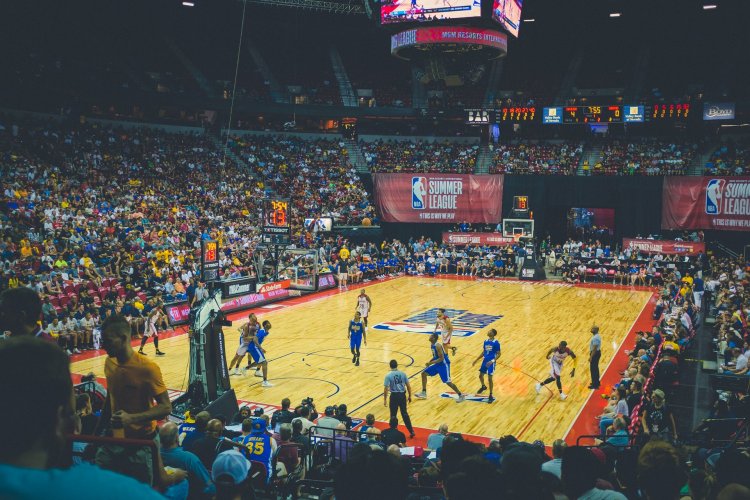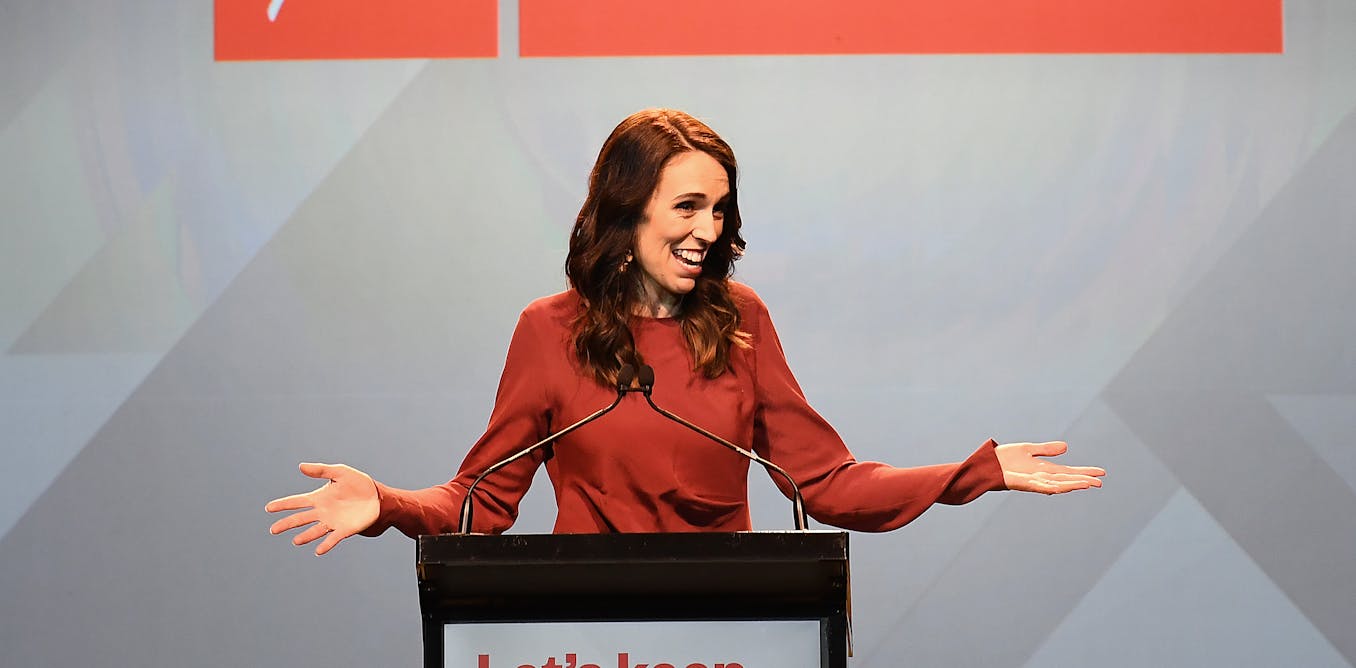What employers can learn from the NBA about returning to work amid COVID-19

Arif Jetha, University of Toronto and Brendan T. Smith, University of Toronto
The response of employers to the COVID-19 pandemic has been a mixed bag. Some have been successful in balancing employee productivity and health and safety through creative work arrangements, rules and regulations. Others, not so much.
As the economy reopens, employers face new challenges navigating health and productivity pitfalls when bringing workers back to physical premises. Research conducted at the Toronto-based Institute for Work & Health shows it can be complex when large organizations co-ordinate the return to work of employees (albeit the research pertained to the situation following an injury or illness, not in the context of a pandemic lockdown). Through the lens of this research, return-to-work success is shaped by both worker behaviour and workplace responses.
The National Basketball Association’s experiences returning to the hard court last season was a well-publicized achievement. That’s because estimates from the Occupational Exposure to COVID-19 Risk Tool, led by scientists at Public Health Ontario, have shown that the working conditions of athletes, referees and coaches can place them at a greater risk of COVID-19 infection.
Despite that, the NBA recorded zero cases over nearly 100 days last season. The teams played a total of 172 games to finish in October in a controlled campus setting known as “the bubble” with a price tag of about $180 million.
There have been some outbreaks in the 2020-21 season that have interrupted play. Nonetheless, the NBA’s organizational response is in a league of its own.
There are four important lessons from the NBA for employees on how to return employees to the workplace during and after the COVID-19 pandemic.
1. Get buy-in from employees
When the NBA launched the bubble in the summer of 2020, comprehensive regulations were developed in collaboration with the player’s union. These included initial isolation periods, testing requirements, social distancing measures, masking, contact tracing and the option to opt out of play for personal or health reasons.
Penalties were also mandated for players and staff who failed to follow regulations. Through these creative measures, the league was able to complete the 2020 season and in the process prevent US$1.5 billion in losses.
2. Be prepared for unanticipated consequences
Despite the success of the bubble in addressing COVID-19 spread, isolation from family and friends was stressful. High-profile players reported feeling depressed, anxious and lonely, which contributed to a decline in their performance and competitiveness.
The NBA has shown that the drastic measures to protect employees from COVID-19 can give rise to new, and sometimes unexpected, challenges that also require organizational attention. In response to growing mental health concerns among players and staff working during the pandemic, the league directed additional resources towards access to mental health care.
3. Expect continued absence, lost productivity
For the 2020-21 season, the NBA went back to playing games in actual stadiums, and in some cases, in front of fans.
Updated health and safety protocols require players and staff to undergo twice-daily rapid testing, limit social activities and wear sensor devices for outbreak contact tracing.
The rules have changed everyday workplace processes in the NBA, including team meetings, dining, travel, practices, pre-game routines and even living situations. These health and safety protocols have also required constant updating to address additional waves of the pandemic and to incorporate new information on COVID-19 prevention.
Despite these efforts, within a real-world setting, teams continue to be affected by COVID-19. Halfway through the season, the Toronto Raptors (who were relocated to Tampa due to pandemic travel restrictions) experienced an outbreak resulting in a handful of games being postponed.
The long-lasting impact of a COVID-19 infection on workplace productivity can also be seen in the NBA. Characteristic of COVID-19 long-haulers, athletes returning to work after an infection reported feeling fatigued and being unable to keep up with the fast pace of play, which has limited team success and continue to pose challenges in the creation and execution of game plans. For the games that were played, a limited number of Raptors who passed health and safety tests had to shoulder the load on the court. The outbreak created a cascade of conditions that contributed to a prolonged losing streak for the Raptors, even after absent players returned.
4. Expect challenges with vaccination plans
Given the high-risk setting, vaccinating players is an important organizational priority. The NBA has taken steps to educate players on the efficacy and safety of the COVID-19 vaccine. But there remain question marks as to whether hesitant players will ultimately decide to get vaccinated. The league continues to grapple with the ongoing vaccine rollout.
From the NBA’s experience, questions are emerging regarding the role of organizations in mandating employee vaccination and the degree to which workplaces should implement different regulations according to vaccination status. These questions will become more prominent for employers across a number of industries as growing numbers of workplaces reopen.
Returning to work amid COVID-19 is an evolving process that requires both employers and employees to play vital roles.
The NBA has shown that workplaces must be agile in the application of rules and regulations to minimize the spread of the virus. A dedication to health and safety — combined with an organizational willingness to communicate with workers, ongoing evaluation and adaptation of protocols and preparedness for unexpected challenges — can be a formula for success as employees head back to work.![]()
Arif Jetha, Assistant Professor, Work and Health, University of Toronto and Brendan T. Smith, Assistant Professor, Health Equity, University of Toronto
This article is republished from The Conversation under a Creative Commons license. Read the original article.
What's Your Reaction?

























































